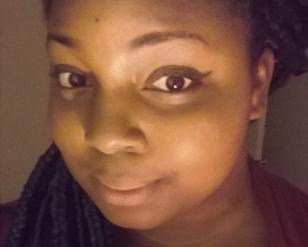"Service-learning students become a liaison between you and the community," explains Engineering Science professor Dr. Farid Farahmand. This helps form beneficial relationships. Students learn from professors and use what they learn for the common good. He says that service-learning provides him direction for where to go in his teaching.
An intimate group of Sonoma State University faculty and community partners participated in the Community Engagement and You conference, led by facilitator Jeff Young. Conference participants talked about how community engagement impacts their teaching, scholarship, and service.
Dr. Shelia Katz of the Sociology Department says that she involves students in her Community Based Participatory Research (CBPR). "These dialogues are very important," says Vince Harper of Community Action Partnerships of Sonoma, talking about the ways in which combining knowledge and service can create lasting cooperation.
The Center for Community Engagement (CCE) prioritizes work on diversity and sustainability. Lauren Morimoto, Director of Diversity & Inclusive Excellence says that you we have to involve the community to get diversity. There are limits to what can be done within the University, so reaching out beyond the campus expands what we can do. Paul Draper, the Director of Sustainability, discussed the importance of community engagement for our sustainability efforts. "There is more to be done in the community and requires reciprocity from the University and the larger community," he explained.
Suzi Grady of Petaluma Bounty stresses the importance of students to the functioning of organizations. "You give us access to the leaders of tomorrow," she says.
Participants listened to each other, making connections between the University and the community. Community partners agree that partnering with SSU is worth it. "You are able to get a lot of people who are good resources", said Grady. The community and the University are able to work together to mutually benefit. Professors are able to use the community for research, students are able to use what they learned in the classroom for real-life situations, and the community gets assisted from willing and well-prepared students."
Harper agrees that the broad and deep connections his organization has with the University has greatly helped the organization. "Jump in with us into the community!" he said.





